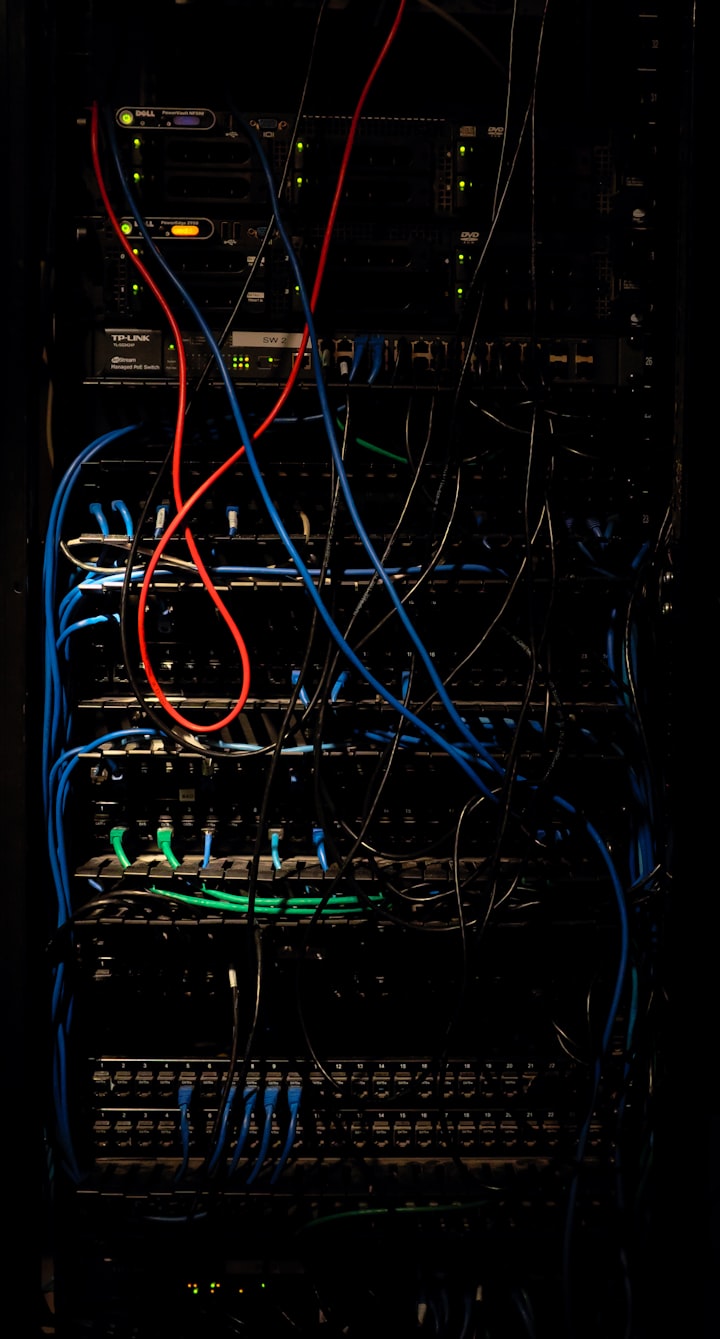How Do You Calculate the Cost of Designing an Augmented Reality Application?
Augmented Reality (AR) has rapidly become an exciting technology, enhancing our digital experiences in various fields, from gaming and entertainment to education and business.

Understanding Augmented Reality (AR)
Before delving into cost calculations, it's essential to understand what AR is. Augmented Reality is a technology that overlays digital information, such as 3D models, videos, or interactive elements, onto the real world. This interaction between the virtual and physical world creates a unique user experience.
The Importance of Cost Calculation
Properly estimating the cost of an AR application is crucial for project planning and budgeting. Whether you're a business looking to develop a marketing AR app or a developer embarking on a personal project, knowing the potential expenses helps you make informed decisions and ensures your project's success.
Factors Affecting AR App Development Cost
1. Complexity of the AR App: The more complex the AR features and interactions, the higher the cost. Simple informational AR apps are less expensive than highly interactive gaming apps.
2. Design and User Interface: A well-designed and user-friendly AR interface can significantly impact the development cost. The more intricate the design, the more time and resources are required.
3. Platform and Device Compatibility: Developing an AR app for multiple platforms and devices increases the cost. Each platform has unique requirements and functionalities to consider.
4. Development Team Expertise: Experienced developers often come with a higher price tag. However, their expertise can lead to a smoother development process and potentially lower long-term costs.
Read Blog: Virtual Reality & Augmented Reality App Development: An Overview
Cost Calculation Methods
1. Time and Materials: This method involves paying for the development based on the time and materials used. It offers flexibility but can be challenging to predict the final cost.
2. Fixed Price: A fixed price contract sets a predetermined cost for the entire project. It provides budget certainty but may limit flexibility for changes.
3. Hybrid Approach: A hybrid approach combines elements of both time and materials and fixed price, offering a compromise between flexibility and cost control.
Cost Breakdown
When calculating the cost of designing an application, consider the following phases:
1. Development Phase: This is where most of the cost is incurred. It includes coding, creating AR assets, and integrating features.
2. Design Phase: Designing the user interface, 3D models, and other visual elements can be a significant cost factor.
3. Testing Phase: Extensive testing is necessary to ensure the AR app functions flawlessly. This phase can consume time and resources.
4. Maintenance and Updates: Post-launch, ongoing maintenance and updates also contribute to the overall cost.
Reducing Costs
To make the AR app development more cost-effective, consider the following strategies:
1. Efficient Project Management: Effective project management can streamline development and reduce costs.
2. Reusing Existing Assets: Whenever possible, reuse existing 3D models, designs, or code to minimize development time and cost.
3. Outsourcing: Outsourcing certain aspects of the development process can be cost-effective, especially for specialized tasks.
Developing Applications At A High Rate
The hourly rates for developers vary based on their geographical location. Generally, rates tend to decrease from west to east. The highest hourly rates can be found in companies based in the United States and Canada, followed by Western European companies. Subsequently, rates become more moderate in Latin America and Eastern Europe. The lowest development costs are typically associated with East Asian countries such as China, India, and Vietnam. However, it's important to note that lower prices do not necessarily equate to lower quality. When choosing a development team, it's also essential to consider cultural differences.
Clutch, a research organization located in Washington, provides the following development rate information on its website:
- North America: Approximately $150 per hour
- South America: Approximately $30-50 per hour
- Western Europe: Approximately $70-100 per hour
- Eastern Europe: Approximately $25-30 per hour
- India: Approximately $15-30 per hour
- Australia: Approximately $100-110 per hour
In most cases, unless otherwise specified, the hourly rate covers the work rate per hour for each team member, regardless of the volume or complexity of the work.
Conclusion
Designing an Augmented Reality application can be an exciting and innovative journey, but it's essential to calculate and manage the costs effectively. The factors influencing the cost, the various calculation methods, and cost reduction strategies are all essential aspects of successful AR app development. By understanding and considering these factors, you can connect with AR/VR app development company more effectively.
About the Creator
Quokka Labs
Quokka Labs is an IT Products & Services consulting company striving to design, develop, and deploy solid and scalable software systems. W
Website- https://www.quokkalabs.com/






Comments
There are no comments for this story
Be the first to respond and start the conversation.